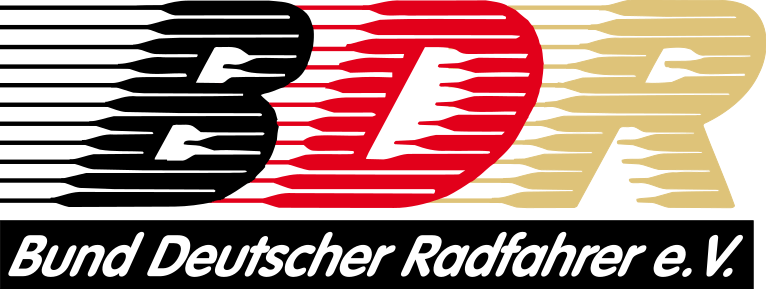Physiological differences between cycling and running: Lessons from triathletes
(Physiologische Unterschiede zwischen Radfahren und Laufen: Lehren aus dem Triathlon)
The purpose of this review was to provide a synopsis of the literature concerning the physiological differences between cycling and running. By comparing physiological variables such as maximal oxygen consumption (VO2max), anaerobic threshold (AT), heart rate, economy or delta efficiency measured in cycling and running in triathletes, runners or cyclists, this review aims to identify the effects of exercise modality on the underlying mechanisms (ventilatory responses, blood flow, muscle oxidative capacity, peripheral innervation and neuromuscular fatigue) of adaptation. The majority of studies indicate that runners achieve a higher VO2max on treadmill whereas cyclists can achieve a VO2max value in cycle ergometry similar to that in treadmill running. Hence, VO2max is specific to the exercise modality. In addition, the muscles adapt specifically to a given exercise task over a period of time, resulting in an improvement in submaximal physiological variables such as the ventilatory threshold, in some cases without a change in VO2max. However, this effect is probably larger in cycling than in running. At the same time, skill influencing motor unit recruitment patterns is an important influence on the anaerobic threshold in cycling. Furthermore, it is likely that there is more physiological training transfer from running to cycling than vice versa. In triathletes, there is generally no difference in VO2max measured in cycle ergometry and treadmill running. The data concerning the anaerobic threshold in cycling and running in triathletes are conflicting. This is likely to be due to a combination of actual training load and prior training history in each discipline. The mechanisms surrounding the differences in the AT together with VO2max in cycling and running are not largely understood but are probably due to the relative adaptation of cardiac output influencing VO2max and also the recruitment of muscle mass in combination with the oxidative capacity of this mass influencing the AT. Several other physiological differences between cycling and running are addressed: heart rate is different between the two activities both for maximal and submaximal intensities. The delta efficiency is higher in running. Ventilation is more impaired in cycling than in running. It has also been shown that pedalling cadence affects the metabolic responses during cycling but also during a subsequent running bout. However, the optimal cadence is still debated. Central fatigue and decrease in maximal strength are more important after prolonged exercise in running than in cycling.
© Copyright 2009 Sports Medicine. Springer. Alle Rechte vorbehalten.
| Schlagworte: | Sportphysiologie Lauf Mittelstreckenlauf Langstreckenlauf Mittelzeitausdauer Langzeitausdauer Ausdauerdisziplinen Radsport Straßenradsport O2-Aufnahme maximal Muskel Adaptation aerob-anaerobe Schwelle |
|---|---|
| Notationen: | Biowissenschaften und Sportmedizin Ausdauersportarten Trainingswissenschaft |
| DOI: | 10.2165/00007256-200939030-00002 |
| Veröffentlicht in: | Sports Medicine |
| Veröffentlicht: |
2009
|
| Jahrgang: | 39 |
| Heft: | 3 |
| Seiten: | 179-206 |
| Dokumentenarten: | Artikel |
| Sprache: | Englisch |
| Level: | hoch |
